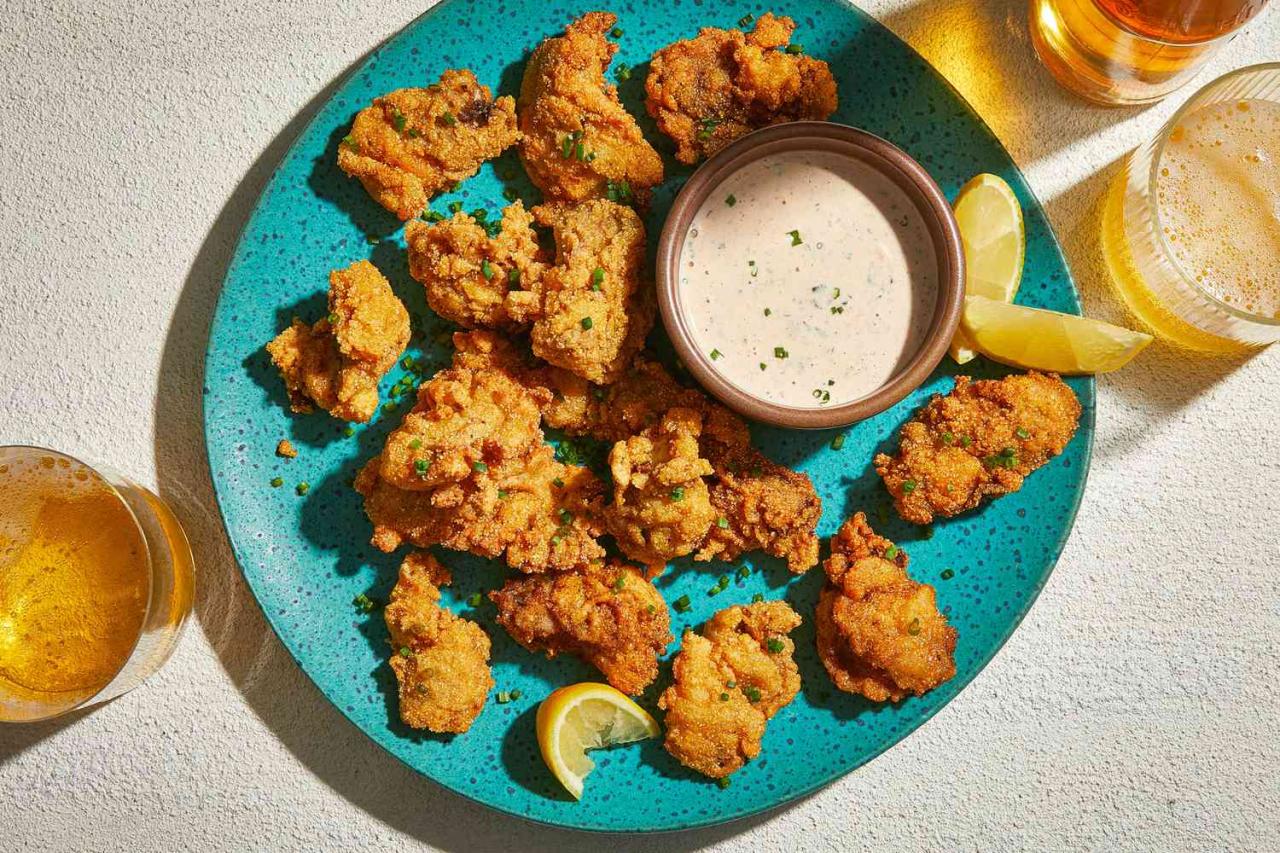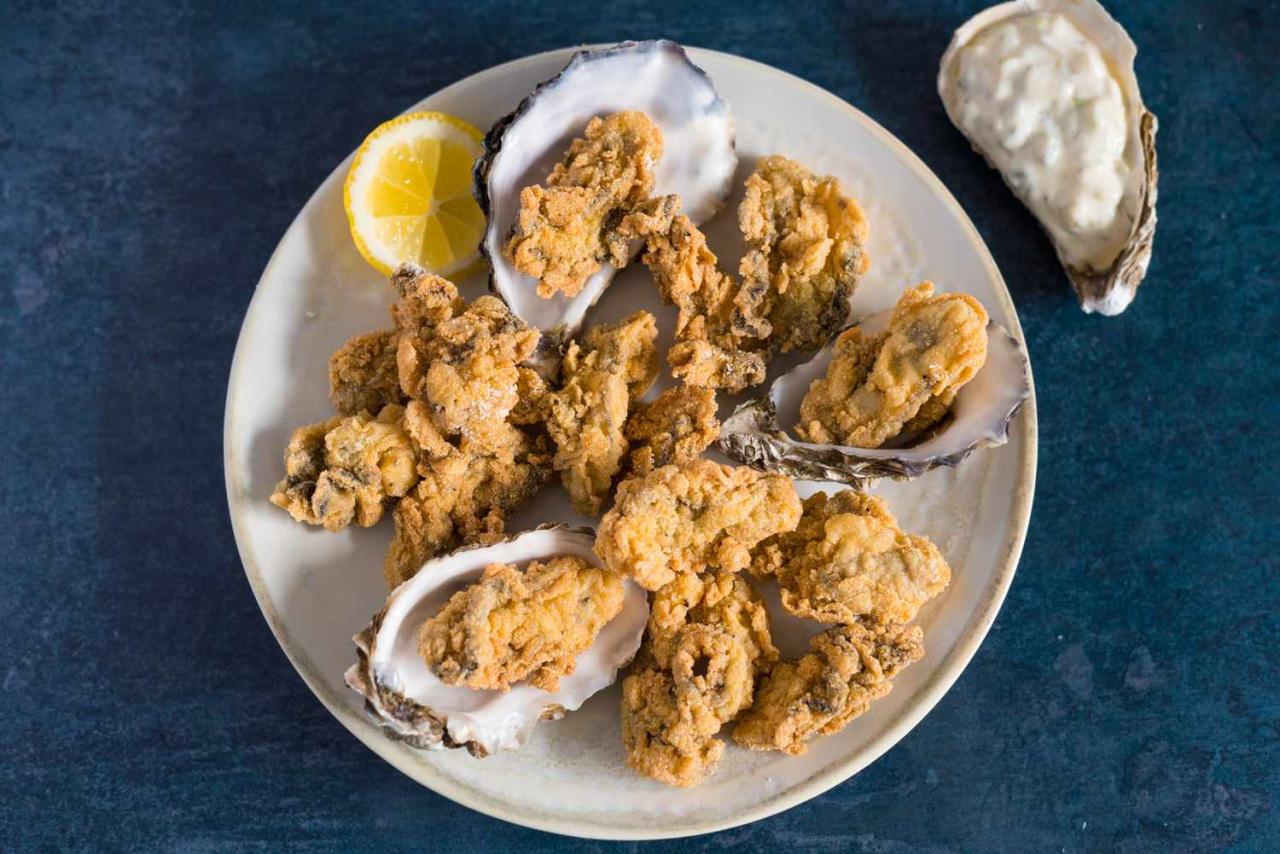Crispy oysters hold a special place in the hearts of seafood aficionados, evoking memories of coastal breezes and the joy of discovery that accompanies each bite into their delightfully crunchy exterior, giving way to the briny, tender morsels within.
In my rendition of crispy oysters, I aim to strike a harmonious balance between the delicate flavor of the sea and the rustic charm of golden, crunchy breadcrumbs. Each oyster, carefully shucked and lovingly prepared, becomes a canvas for a symphony of textures and tastes. It is my sincere hope that through this recipe, you too will find a moment of joy and a new appreciation for the bounty that the ocean provides. So, join me as we delve into the artful preparation of a dish that is as comforting as it is elegant—let’s create something truly extraordinary together.
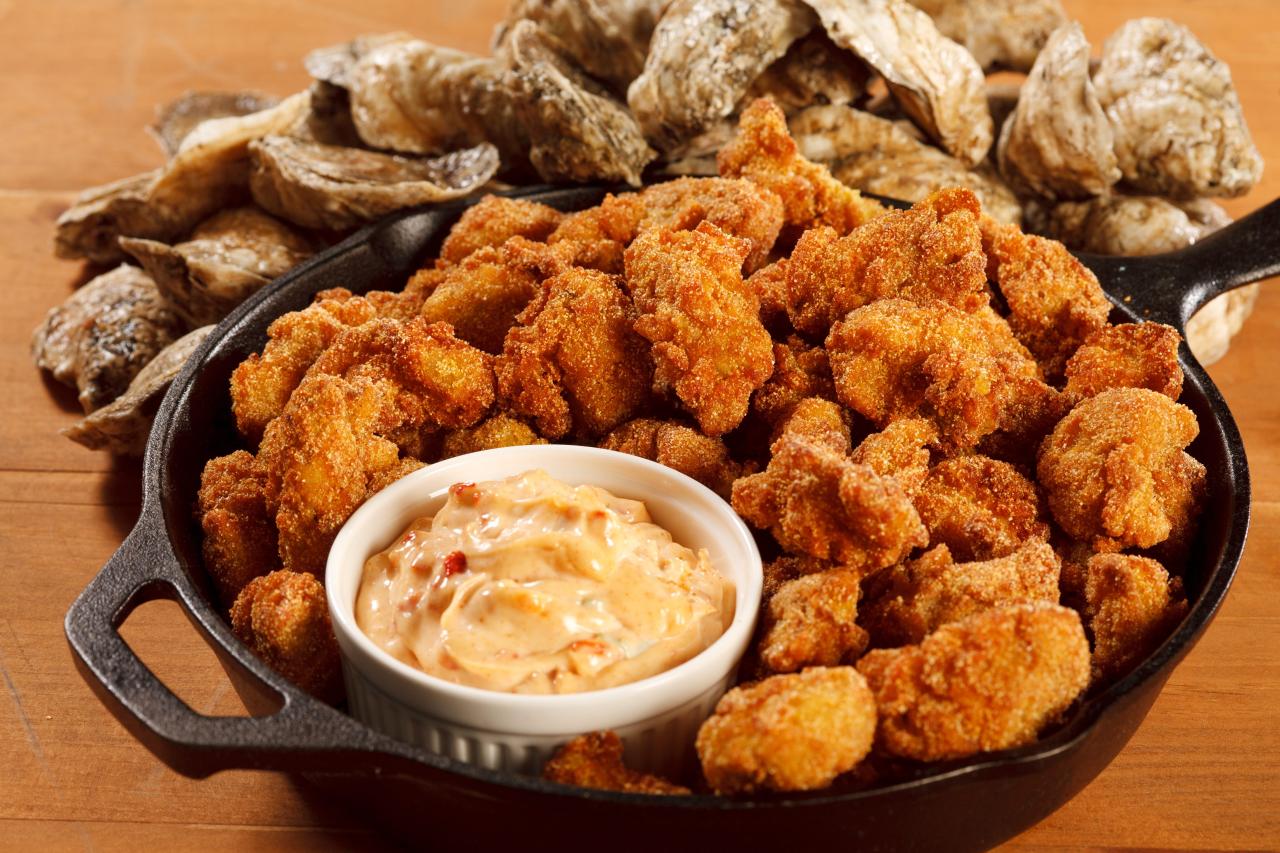

Crispy Oysters
Equipment
- 1 bowl
- 1 heavy bottom pot
Ingredients
- 12 0 ysters shucked shell reserved
- 1 cup buttermilk
- 1 tablespoon tabasco
- 1 cup potato flakes
- 1 ½ cup all purpose flour
- 1 ½ cup semolina flour
- 1 lb firm ricotta cheese
- 3 whole eggs
- ¾ tablespoon onion powder
- ¾ tablespoon garlic powder
- ¾ teaspoon paprika
- 1 pinch cayenne
Instructions
- In bowl, soak oysters in buttermilk and hot sauce for 15 minutes.

- Combine potato flakes, onion powder, garlic powder, paprika and cayenne.
- In heavy bottom pot, heat enough oil to come half way up sides of pot to 375℉. Drain oysters and toss in potato flakes. Fry oysters until crisp, drain on paper towels.

Video
Notes
Alternative Methods
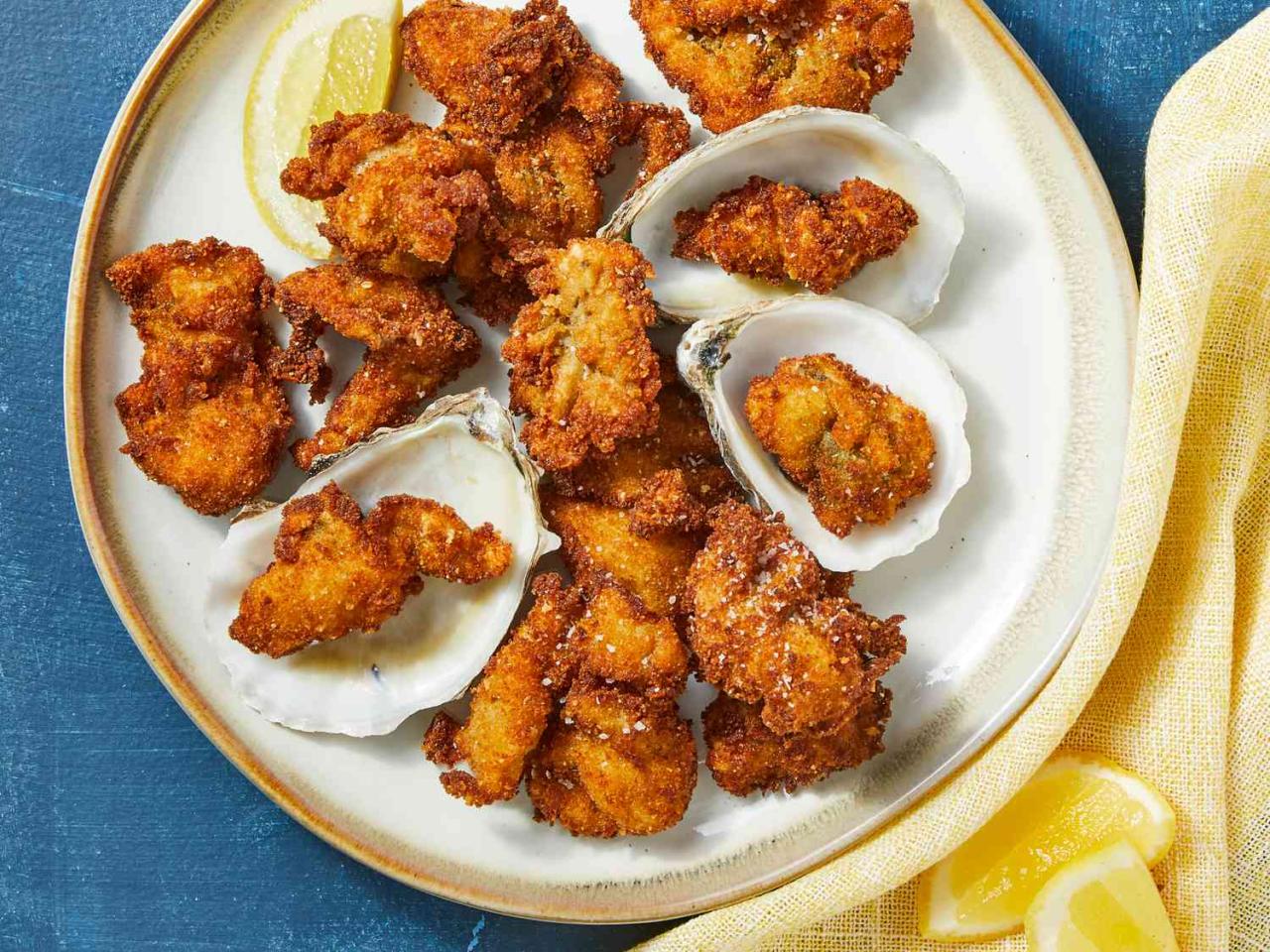
One alternative method to the traditional deep-frying is pan-frying. This approach requires less oil and can give the oysters a wonderfully golden crust. By dredging the oysters in seasoned flour, egg wash, and breadcrumbs or panko, and then gently pan-frying them in a small amount of oil, one can achieve a satisfying crunch without the heaviness that sometimes accompanies deep-frying. The experience of biting into a pan-fried oyster is delightful, as the initial resistance gives way to the succulent texture of the oyster itself.
Another method worth mentioning is oven-baking. For those who seek a healthier option, baking oysters with a crispy topping can provide a lighter yet equally enjoyable experience. A mixture of breadcrumbs, grated parmesan cheese, and herbs sprinkled over the oysters can result in a crusty topping once baked to perfection. The contrast between the warm, tender oyster and the crispy, aromatic coating can evoke a sense of comfort and satisfaction.
For those interested in innovative techniques, air frying has become increasingly popular. An air fryer can produce oysters that are crispy on the outside with significantly less oil than traditional methods. It’s a modern twist that doesn’t compromise on texture and can instill a feeling of indulgence without the guilt commonly associated with fried foods.
Lastly, for vegetarians or individuals with shellfish allergies looking for a similar culinary experience, using mushrooms or artichoke hearts as substitutes can be surprisingly gratifying. These alternatives can mimic the texture of oysters when breaded and cooked appropriately. They provide an earthy flavor profile that pairs beautifully with the same seasonings used for crispy oysters, creating an inclusive dish that allows more people to share in the joy of a crunchy, savory treat.
Cooking Tips
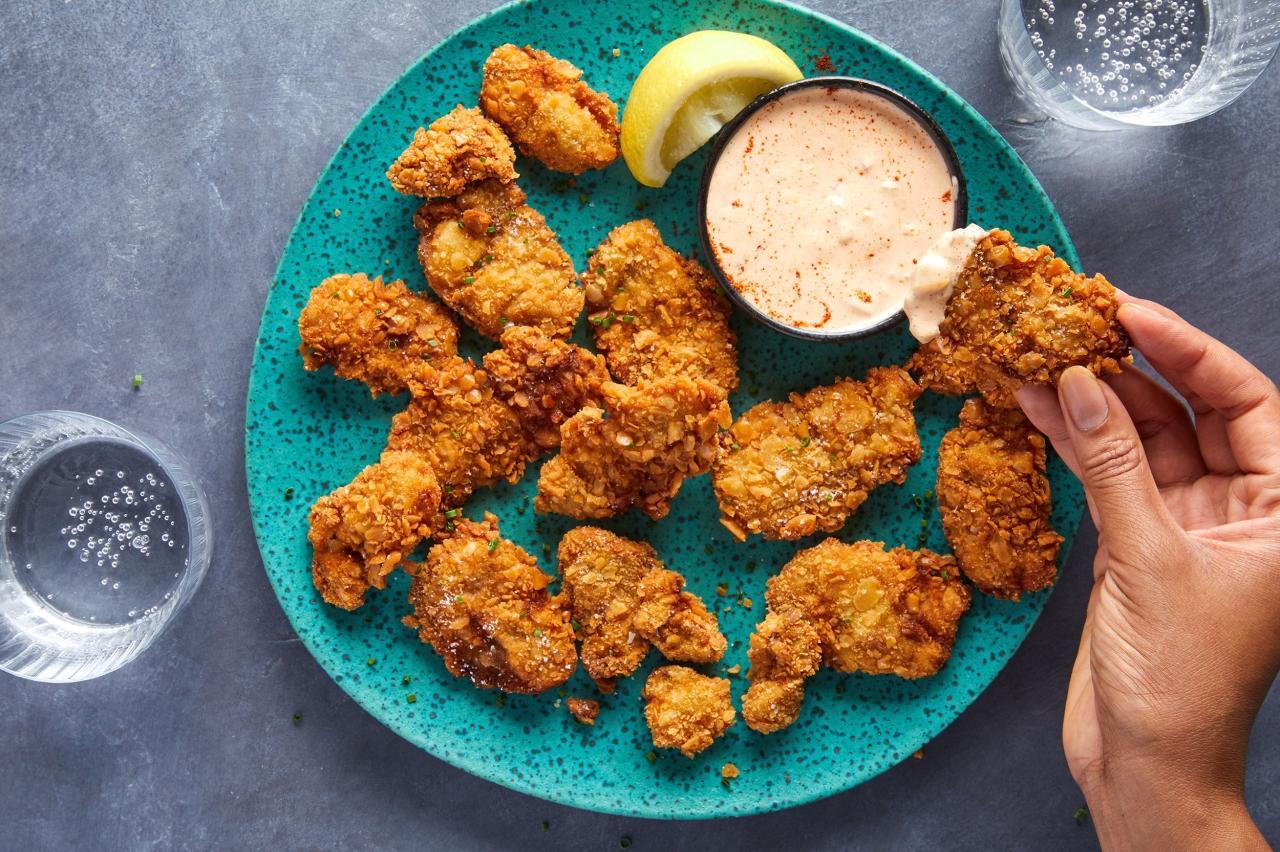
When it comes to tips for cooking crispy oysters, it’s important to start with fresh oysters. Freshness is paramount, as it ensures not only safety but also the best flavor and texture. Shucking the oysters carefully is the next critical step, retaining as much of the natural liquor as possible which adds to the succulence of the final product.
For the breading, a combination of flour, cornmeal, or breadcrumbs works wonderfully, often seasoned with a blend of spices like paprika, garlic powder, a pinch of cayenne for warmth, and salt and pepper. The choice of seasoning can be adjusted according to personal preference, though it’s wise to be judicious to allow the oysters’ natural flavor to shine through.
Dredging the oysters in the breading mix should be done gently to ensure an even coat without damaging the delicate flesh. It’s also essential to let them rest on a wire rack for a few minutes after dredging. This step helps the coating adhere better and results in a more uniform crispness upon frying.
Frying requires attention to temperature—the oil should be hot enough (around 375°F) to ensure quick cooking and prevent oil from seeping into the breading, but not so hot as to burn the coating before the oyster is warmed through. Each oyster only needs a short time to cook, typically a couple of minutes until golden brown.
Draining the fried oysters on a wire rack rather than paper towels preserves the crunch by allowing excess oil to drip off without steaming the breading.
The Best Way to Serve Crispy Oysters
